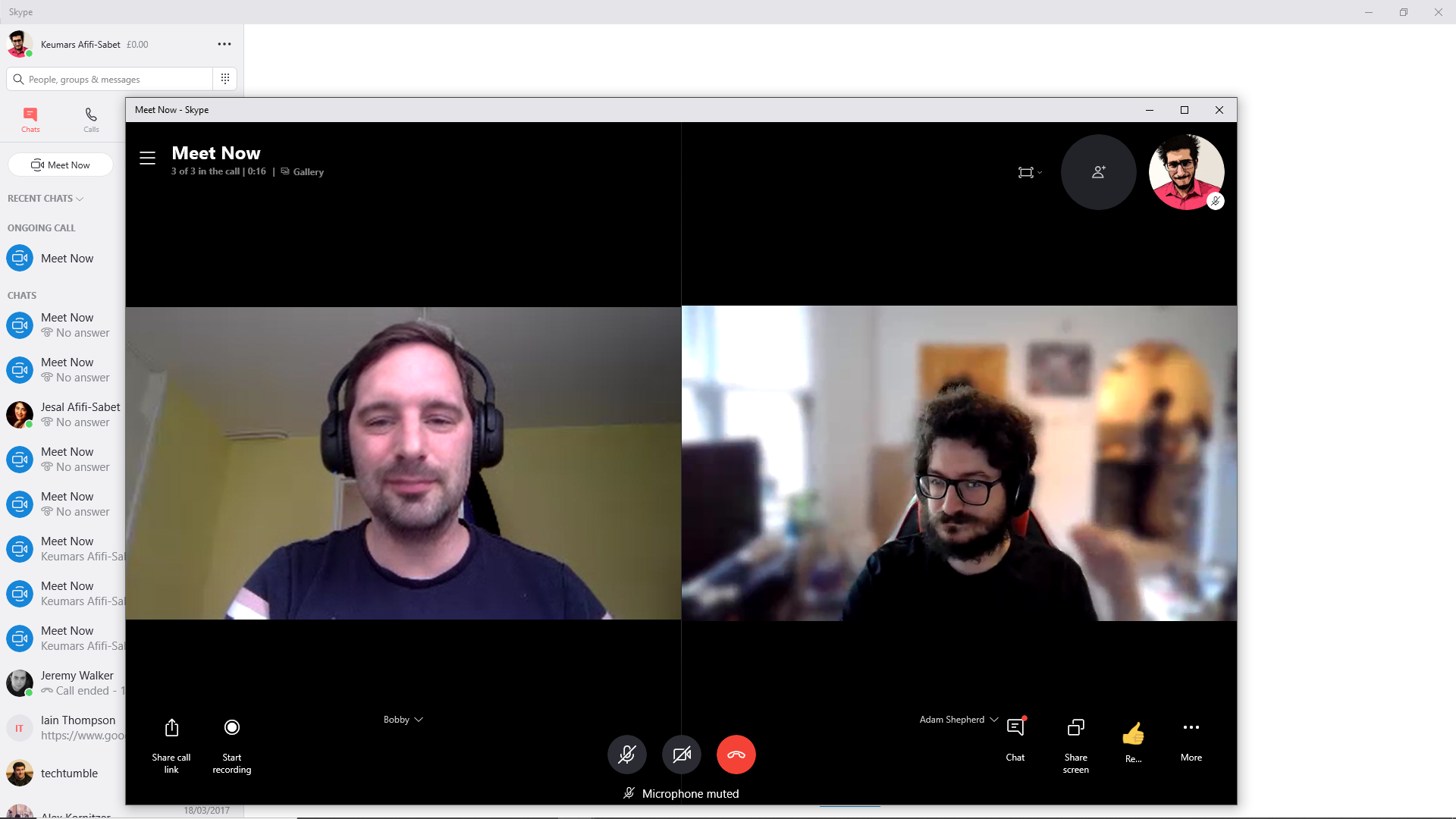Microsoft’s plans for Office 2013
After releasing the Office 2013 Consumer Preview, Simon Brew takes a look at where Microsoft plans on taking its business next.

It's a common misconception that the majority of Microsoft's revenue and profits comes from its operating system business. While Windows has indeed supplied a significant number of billions to the firm's bottom line over the years, it is actually the division based around Microsoft Office that is the biggest.
If you dig back to projections circling a decade or so ago, it was Office that was supposed to be vulnerable under threat from a raft of alternatives.
Take the results for the second quarter of 2012, for example. The Windows and Windows Live division generated $4.74 billion (3.02 billion) of revenue and $2.85 billion (1.8 billion) of income. The business division, which includes Office, was responsible for $6.28 billion (4 billion) of revenue and $4.15 billion (2.64 billion) of income.
If you dig back to projections circling a decade or so ago, it was Office that was supposed to be vulnerable under threat from a raft of alternatives, both paid-for and free. Furthermore, cloud-based products were also supposed to be contributing to the downfall of Office.
And yet the business division within Microsoft not only resisted many of those threats, but continues to grow. And it's Office 2010 and, to a lesser extent, Office 365 that has been fuelling this growth. Small wonder, then, that Office 2013 is seen as such a vital product in the future of Microsoft, one that the firm has made available to try free of charge in Consumer Preview form.
It's a pretty radical change that Microsoft is pressing ahead with. A much cleaner interface, the integration of touch control, and the clear move towards working with the upcoming Windows 8, with its Metro interface seeping into some areas of Office, are amongst the headline changes.
Sign up today and you will receive a free copy of our Future Focus 2025 report - the leading guidance on AI, cybersecurity and other IT challenges as per 700+ senior executives
-
 Google is scrapping its dark web report feature
Google is scrapping its dark web report featureNews Google said while the dark web report feature offered “general information”, the tool didn’t provide “helpful next steps” for users potentially impacted by a breach.
-
 AI means you're probably going to need bigger developer teams
AI means you're probably going to need bigger developer teamsAnalysis Software developers may be forgiven for worrying about their jobs in 2025, but the end result of AI adoption will probably be larger teams, not an onslaught of job cuts.
-
 Switch from Zoom: How to run your own videoconferencing platform
Switch from Zoom: How to run your own videoconferencing platformIn-depth Online meetings are here to stay, but the easiest solution isn’t necessarily the best
-
 Skype review: Retrofitted for the modern age
Skype review: Retrofitted for the modern ageReviews The video conferencing OG boasts a clean in-meeting interface and most of the features you could ask for
-
 Skype takes on Zoom with 'Meet Now' video calling feature
Skype takes on Zoom with 'Meet Now' video calling featureNews Users can join meetings without having to sign-up or install the app
-
 Xbox Live, Office 365, OneDrive and Outlook.com suffer outage
Xbox Live, Office 365, OneDrive and Outlook.com suffer outageNews Users were left unable to log into services for hours overnight
-
 Microsoft shuts down UK Skype office
Microsoft shuts down UK Skype officeNews Redundancies will ensue, especially in the engineering divisions
-
 Skype scraps support for older devices
Skype scraps support for older devicesNews Company ends support for Windows Phone and pre Android 4.03-devices
-
 Microsoft signs deal to pre-install apps on Android handsets
Microsoft signs deal to pre-install apps on Android handsetsNews New agreement will put Word, Excel, PowerPoint and Skype in front of Android users in Asia and South America
-
 Skype Translator rolling out to Windows Desktops
Skype Translator rolling out to Windows DesktopsNews Skype Translator on Windows now available in six voice and 50 written languages